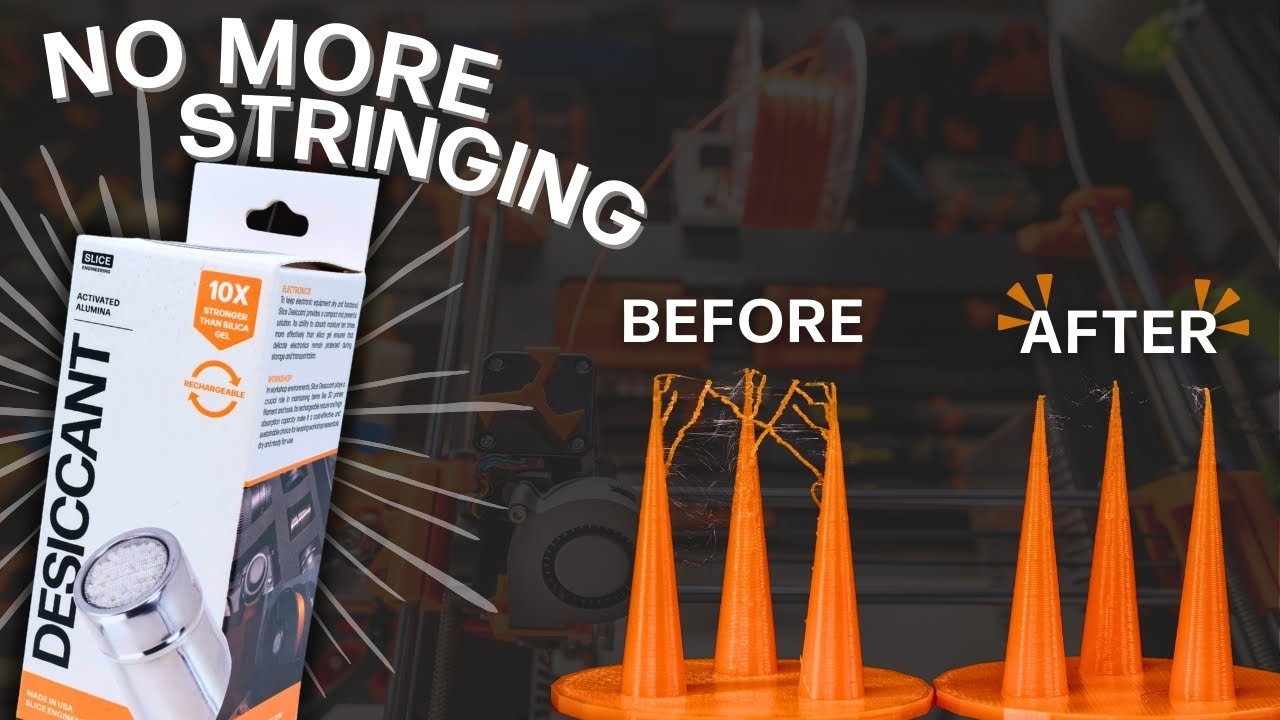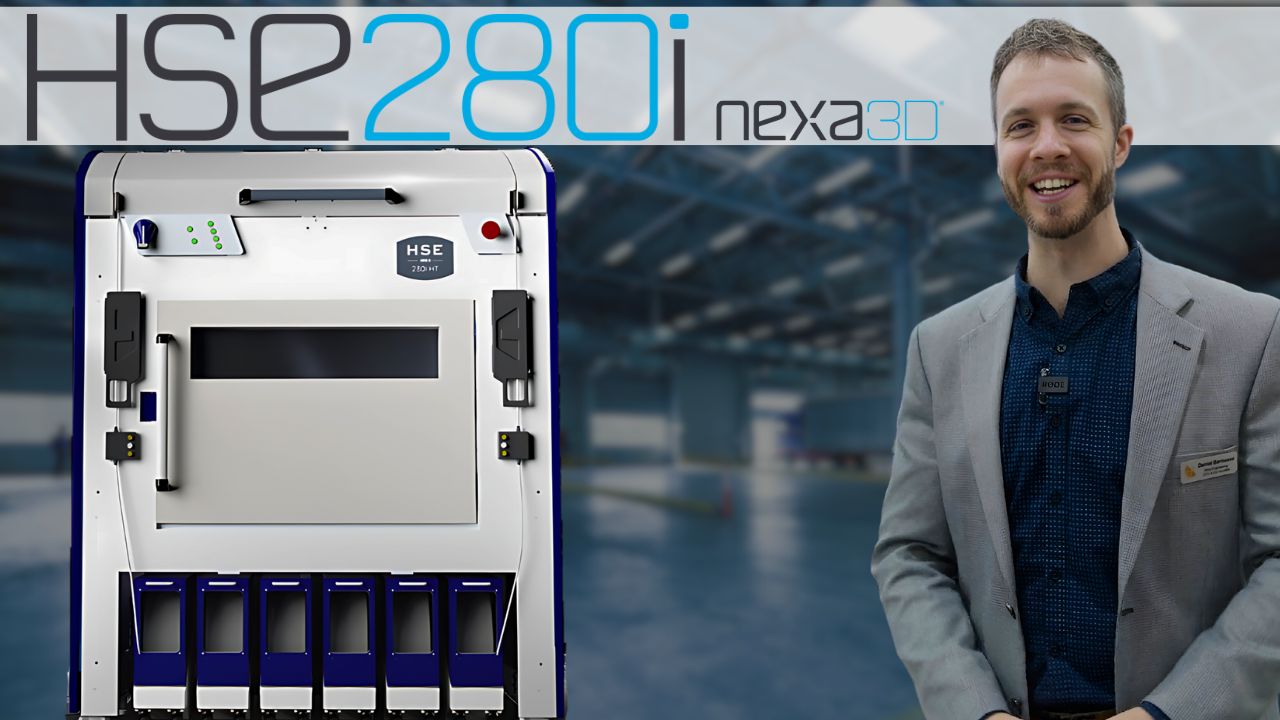How to Perfect Your 3D Prints l Filament Drying Desiccant by Slice Engineering
Minimizing Stringing in 3D Printing: The Importance of Proper Filament Drying
3D printing is an exciting and rewarding hobby, but it can sometimes be frustrating, especially when dealing with stringing. If you're unfamiliar with stringing, consider yourself lucky—it’s one of the most common issues that can make 3D printing a bit of a hassle. Stringing can result in extra post-processing time, which can be tedious even if it only requires a blow dryer, heat gun, or some gentle cleanup.
To avoid this extra work, it’s essential to address one of the main causes of stringing: moisture. Wet filament is a 3D printer's worst enemy, leading to stringing and oozing issues. That’s why we’re excited to announce the relaunch of our filament drying desiccant, featuring activated alumina in refreshed packaging and now available in a convenient two-pack.
Why Moisture Affects 3D Printing
Moisture in filament turns into tiny steam bubbles when heated inside the 3D printer’s nozzle. These steam bubbles cause the melted filament to ooze out and create stringing. Additionally, moisture can lead to hydrolysis, where water molecules break apart the chemical bonds in plastic material. This results in pressure spikes that force melted filament out, leading to excessive stringing.
In some cases, escaping steam can push out too much filament, especially where the printer slows down, causing over-extrusion and further stringing.
How Our Filament Drying Desiccant Helps
Our filament-drying desiccant is made from activated alumina, which is ten times stronger than traditional silica gel. Unlike silica gel, which is commonly found in shipping packages, activated alumina can absorb surface-level moisture from filament, making it an excellent choice for maintaining filament quality.
Key Features of Our Desiccant:
- High Absorption Capacity: Absorbs moisture more effectively than silica gel.
- Eco-Friendly & Non-Toxic: Safe for various applications.
- Rechargeable: Can be reactivated by heating in an oven, allowing for repeated use.
- Ethically Sourced: Manufactured in the USA.
Our activated alumina desiccant is ideal for keeping filaments dry in environments with high moisture levels. We use it extensively in Florida, where humidity can be a major issue. It’s essential for preserving the quality of filaments like nylon, PETG, and PEEK.
Effective Use of Filament Drying Desiccant
Here are a few ways to use our desiccant effectively:
- Storing Filament: Place the desiccant in a sealed container or filament dryer box to keep moisture out.
- Drying Filament: Before placing filament in storage, ensure it’s dry by using a filament dryer or a regular oven. Our desiccant absorbs the remaining surface moisture.
For those without specialized storage boxes, a simple Ziplock bag or another sealed container can be effective as long as it’s airtight.
Recent Posts





